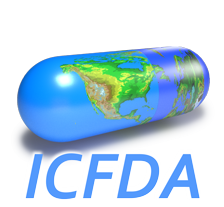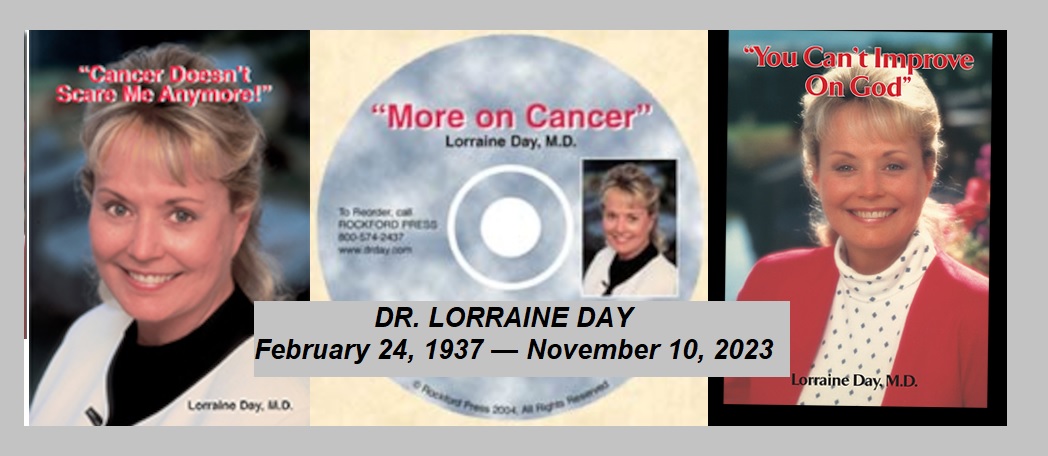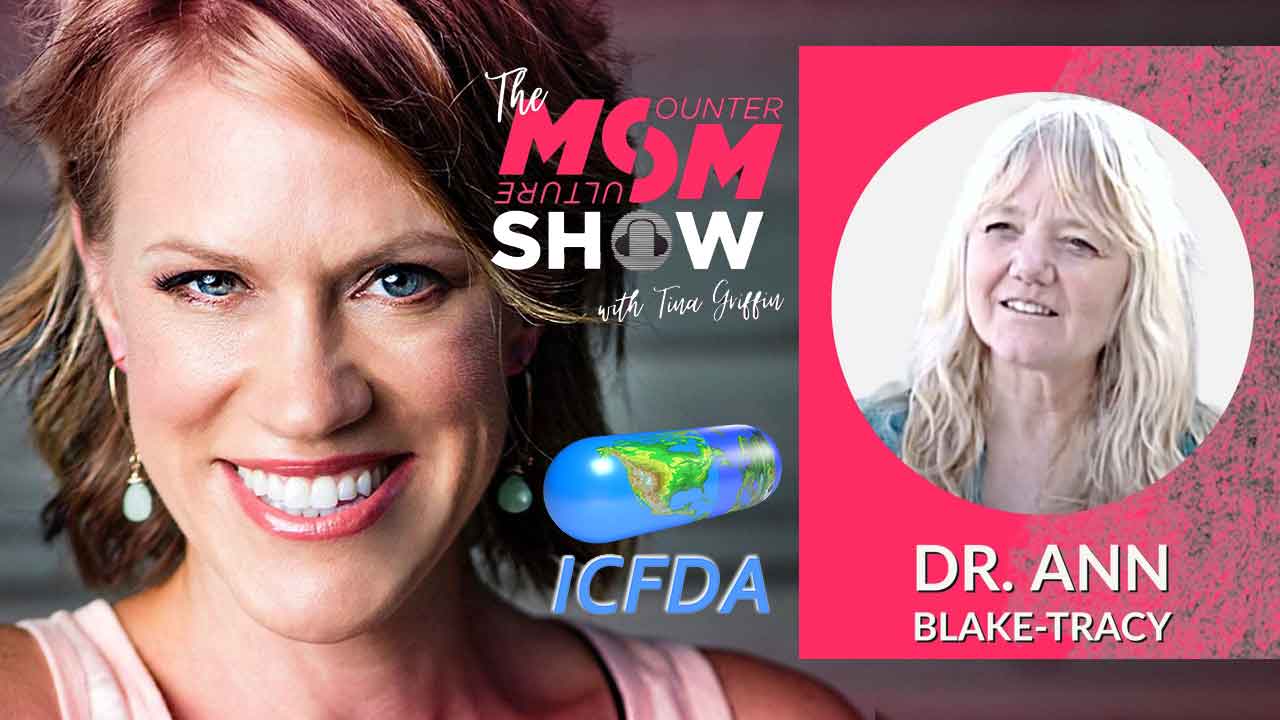Kelly O’Meara of Insight Magazine has once again given us another incredible
article on this issue of drug-induced violence leading to the school
shootings.
… James E. Copple, vice president of the National Crime Prevention
Council and former principal and superintendent of schools in Wichita, Kan.
says: I tend to lean on the side of doing everything possible to protect the
student’s right to privacy, he says, but when they commit an act of violence
all the factors involved in the crime including medications need to be
known by that community.
… Ronald Stephens, executive director of the National School Safety
Center says: Its the thought that if youre going to put Charlie Manson in my
class I have a right to know that. . . We have kids so medicated its
incredible. I dont see parents asking the question about the numbers of
children on psychotropic drugs as being all that invasive. The public would
be shocked at the number of file drawers of prescription drugs that teachers
are asked to dispense. . . . it would be a great study for someone to go back
and see how many of the kids who committed these violent acts were on these
drugs.
I certainly do agree with Mr. Stephens when he says that it would be a great
study to go back and find out how many of these children were on medications
at the time of the shooting. I agree because that is what I have been doing
for the last decade. This type of disclosure is what I have been pleading for
with every new school shooting.
Sounds easy enough, doesn’t it? But discovering which medications these
children were on, has been FAR FROM easy! It involves a lot of detective
work. The question must be asked over and over and over again. First it makes
a big difference if the shooter survived or committed suicide. That
determines whether you have a good defense attorney to work with. Then you
must contact everyone involved – everyone who knew them – in order to find
the information about medication. It can take a very long time to track
everyone down and find the answer.
I must commend Bill Trainor for coming forward publicly with the information
about the medications Jason was on at the time of the shooting. When we have
had two school shootings within weeks of one another with both shooters on an
SSRI antidepressant, the public has the right to know! Yet here we are at the
two year anniversary of the Columbine High School shooting still waiting to
learn what Dylan Kleebold was on that day. That information has never yet
been released to the public. WHY has that been kept from us?!!! I have a
pretty good idea, but it will be good to have the truth come out via the
lawsuit that is about to be filed against the makers of Luvox and the one
that has been filed against Eric Harris’ doctors.
Had it not been for the attorneys in the latest school shootings agreeing to
go public with the information on the drugs involved in these shootings, we
would still be waiting for answers and more children would die. It has been
an honor to work with these men of integrity.
Ann Blake-Tracy, Executive Director,
International Coalition for Drug Awareness
www.drugawareness.org and author of
Prozac: Panacea or Pandora? (![]()

![]()
![]()

![]()
![]()
![]()
![]()
![]()
![]()
![]()
![]() )
)
________________________________
http://www.insightmag.com/archive/200105217.shtml
A Prescription for Violence?
——————————————————————————
—
By Kelly Patricia OMeara
komeara@…
——————————————————————————
—
The recent wave of school-shooting incidents has some concerned parents
demanding that the medical records of students taking psychotropic drugs be
made public.
In the last 10 shooting incidents at schools, a total of 105 students,
teachers and administrators were killed or wounded. Beginning in March 1998
with the shooting at Westside Middle School in Jonesboro, Ark., and ending
with the March 22, 2001, shootings at Granite Hills High School in El Cajon,
Calif., six of the 12 juvenile shooters are reported to have been on
prescribed mind-altering drugs.
San Diego Deputy Public Defender William Trainor announced last week
that his client, 18-year-old Jason Hoffman, who is charged with the shooting
of five students and teachers at Granite Hills High School, had been
prescribed the antidepressants Celexa and Effexor. Whether Trainor intends to
use this medical information as part of his clients defense is unclear,
though he said that the drugs [Hoffman] was prescribed may help explain his
actions. He adds that research indicates that the drugs that were prescribed
are extremely powerful antidepressants with the most dangerous side effects.
According to Loren Mosher, professor of psychiatry at the University of
California at San Diego, Celexa and Effexor are selective serotonin reuptake
inhibitors [SSRIs] in a class with Prozac, Paxil and Luvox the same drug
prescribed to Columbine shooter Eric Harris.
It appears Trainor believes there is a correlation between the drugs
and the shootings. Although he could not provide specific information about
his client, he tells Insight that this is a hot-button issue and there are
many people who dont want to look at the connection. If you say those drugs
may be involved, says Trainor, youll be labeled a kook. But with the history
of these drugs there is a huge unpredictability factor. When someone goes off
while on these drugs it should raise some eyebrows in the community. Im
starting to wonder when the public has the right to this information. What is
the balance of rights? Its his medical rec-ords versus the public right to be
safe. Which one has the trump card? It is a legitimate question.
Although Trainor is not the only public official to consider the
possibility that widely prescribed mind-altering drugs may play a role in
much-publicized school violence, he is among the few to make public the issue
of medical records generally being protected and put off-limits. The privacy
of medical records, including mental-health information, is protected by law.
The information about the prescription-drug history of an accused perpetrator
is only made public when the information is released by the family, school
officials, friends and, sometimes, law-enforcement officers and attorneys.
And, of course, such information seems to be of interest to the public
only in the wave of concern after a violent event, making it difficult even
to consider whether prescribed psychotropic drugs are a chronic cause of
otherwise senseless violence.
In fact, so little information has been made public about these
mind-altering drugs and their connection to shootings and other school
violence that the U.S. Department of Justice (DOJ) isnt even looking at the
possibility. When asked about a communitys right to know if an alleged
shooter has been prescribed a psychotropic drug, Reagan Dunn, a spokesman for
the DOJ, tells Insight: There are two issues that youve raised
medical-record privacy and criminal records of juveniles. These records are
sealed by statute in all states. It [the connection between psychotropic
drugs and school shooters] isnt an issue were looking at there are other
priorities were focusing on, such as school-resource officers [safety
officers] and other programs to reduce school violence.
But two other federal law-enforcement agencies, the FBI and the
U.S. Secret Service, appear to be concerned about the increasing number of
school shootings and have invested a great deal of time and effort to look
into the possible reasons for them. The FBI published a report last year
called The School Shooter: A Threat Assessment Perspective. The 41-page
report was the result of a joint effort by the National Center for the
Analysis of Violent Crime (NCAVC) and teachers, school administrators and
law-enforcement officers involved in investigating each of the school
shootings. They were assisted by experts in adolescent violence, mental
health, suicidology and school dynamics. Eighteen school-shooting cases were
reviewed for the report.
Although topics such as family relationships, school dynamics, social
problems, personality traits and behavior, threat management in schools and
the role of law enforcement are discussed, there is no mention in the report
of increased prescription-drug use by juveniles.
Dewey Carroll of the Clinical and Forensic Psychology Department at
the University of Virginia participated in a threat-assessment conference
last year during which he was asked if, based on the correlation between
psychotropic drugs and the school shooters, this information should be made
public. Carroll argued that there was no correlation. Six out of 12 [school
shooters] being on psychotropic drugs is not a correlation, it is an
observation, he said.
A correlation, explained Carroll, would be taking a sample of children
on medication and those not on medication and then making the comparison.
There are a lot of kids who take these medications who do not commit
violence. If you want to look at people that have risk factors, you have to
do scientific studies.
Few professionals who are familiar with the data would argue with that
criticism, but one may question how such a study can be conducted, as
suggested by Carroll, if the information about whether a student is on
prescribed mind-altering drugs is regarded as a state secret. And, even when
such information is made available for study, it appears that little use is
made of it.
Take, for instance, the Secret Service, which in collaboration with the
U.S. Department of Education and the National Institute of Justice last year
produced a report on how to prevent school violence. The Interim Report on
the Prevention of Targeted Violence in Schools was made public in October
2000, involving systematic analysis of investigative, judicial, educational
and other files and interviews with 10 school shooters.
Although researchers reviewed primary-source materials such as
investigative, school, court and mental-health records and conducted
supplemental interviews with 10 of the attackers, no mention was made in the
report about prescription medications of the kind that Insight has collected.
Nor did the Secret Service respond to Insights questions about why that issue
was not addressed at the conference or made part of the report.
Despite the fact that two federal law-enforcement agencies had the
opportunity to view the personal files of many of the school shooters,
important medical data gleaned from those files apparently was ignored. This
has caused many interested in this issue to wonder, like San Diegos public
defender, when the public has the right to know such information.
Not surprisingly, while every professional interviewed for this article
expressed concern about the privacy rights of children, there also was
concern about the use of mind-altering prescription drugs. Most are beginning
to wonder at what point communities into which disturbed children are sent
while on psychotropic drugs should be alerted to a potential problem.
JoAnne McDaniels, acting director for the Center for the Prevention of
School Violence, an organization focusing on keeping schools safe and secure,
tells Insight, There is concern on the part of some in the education
community that we are overmedicating our youngsters that it is easier to
drug them into appropriate behavior.
It is important to recognize that the schools today have children that
are being medicated in ways that children were not years ago. We shouldnt be
too quick to isolate psychotropic drugs as a causal factor, but it is an
important factor in trying to understand what is taking place. In a general
sense, in a school population, parents should be able to see this
information, McDaniels says. If a parent moves to a community and wants to
know the numbers of children who are on these drugs, making such numbers
available would not necessarily violate confidentiality of children. I think
as long as the information is not individualized it should be information a
principal is comfortable providing. It may force the principal to explain how
the school handles the entire violence issue and the use of medication to
control behavior in the school. Its reasonable for a school to share that
information and a parent to ask for it. Its part of the school community and
part of the schools fabric.
The message, concludes McDaniels, is that we need to develop
youngsters without stimulants and other foreign substances. Too often we are
opting for a way of treatment that is a lot easier to implement than sitting
down and working out the problems. This is a public-health issue and it seems
reasonable to look at it.
James E. Copple is vice president of the National Crime Prevention
Council, a nonprofit organization that focuses on creating safer communities
by addressing the causes of crime and violence and reducing the opportunities
for crime to occur. He is a former principal and superintendent of schools in
Wichita, Kan., and sees the merits of both sides of the issue. I tend to lean
on the side of doing everything possible to protect the students right to
privacy, he says, but when they commit an act of violence all the factors
involved in the crime including medications need to be known by that
community.
As Copple sees it, Communities need to know if large numbers of
children are on psychotropic medications. It is increasingly being talked
about by educators, and it has put schools in the position of creating mini
health clinics for drug management on top of having to teach the children and
all the other responsibilities. Why all of a sudden do we have to be a
pharmacy? Principals are forced to choose between hiring another much-needed
teacher or another nurse to dispense drugs.
The executive director of the National School Safety Center, Ronald
Stephens, isnt convinced that releasing information about the number of
students being prescribed mind-altering drugs necessarily is a violation of a
childs rights. Its legal and its become common practice to search lockers
whenever the student is involved in an incident, and there are some states
now mandating that teachers be given information about the reasons behind a
student who is returned to school on probation. Its the thought that if youre
going to put Charlie Manson in my class I have a right to know that.
According to Stephens, We tend to get what we measure. But if we dont
ask were not going to get real answers. We have kids so medicated its
incredible. I dont see parents asking the question about the numbers of
children on psychotropic drugs as being all that invasive. The public would
be shocked at the number of file drawers of prescription drugs that teachers
are asked to dispense. Stephens says he thinks it would be a great study for
someone to go back and see how many of the kids who committed these violent
acts were on these drugs. The community should know who is taking them, and I
think teachers will want to know which kids are on these drugs. Knowing what
I know about school violence, I would support having that information shared.
Of course, there will be a huge outcry that someones rights are being
violated, but at what point do they lose those rights?
That is of course the question, and with 6 million to 8 million
children already taking Ritalin, and unknown millions being prescribed the
much stronger mind-altering SSRIs, many are starting to ask it.



